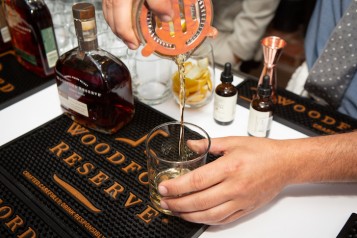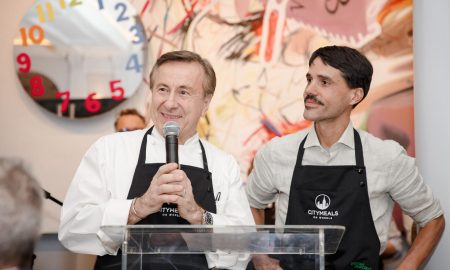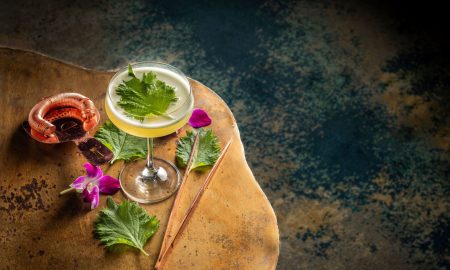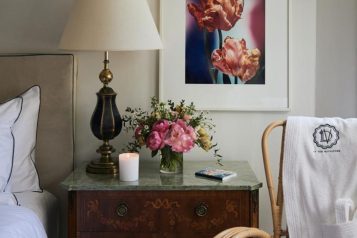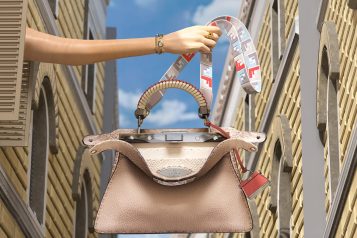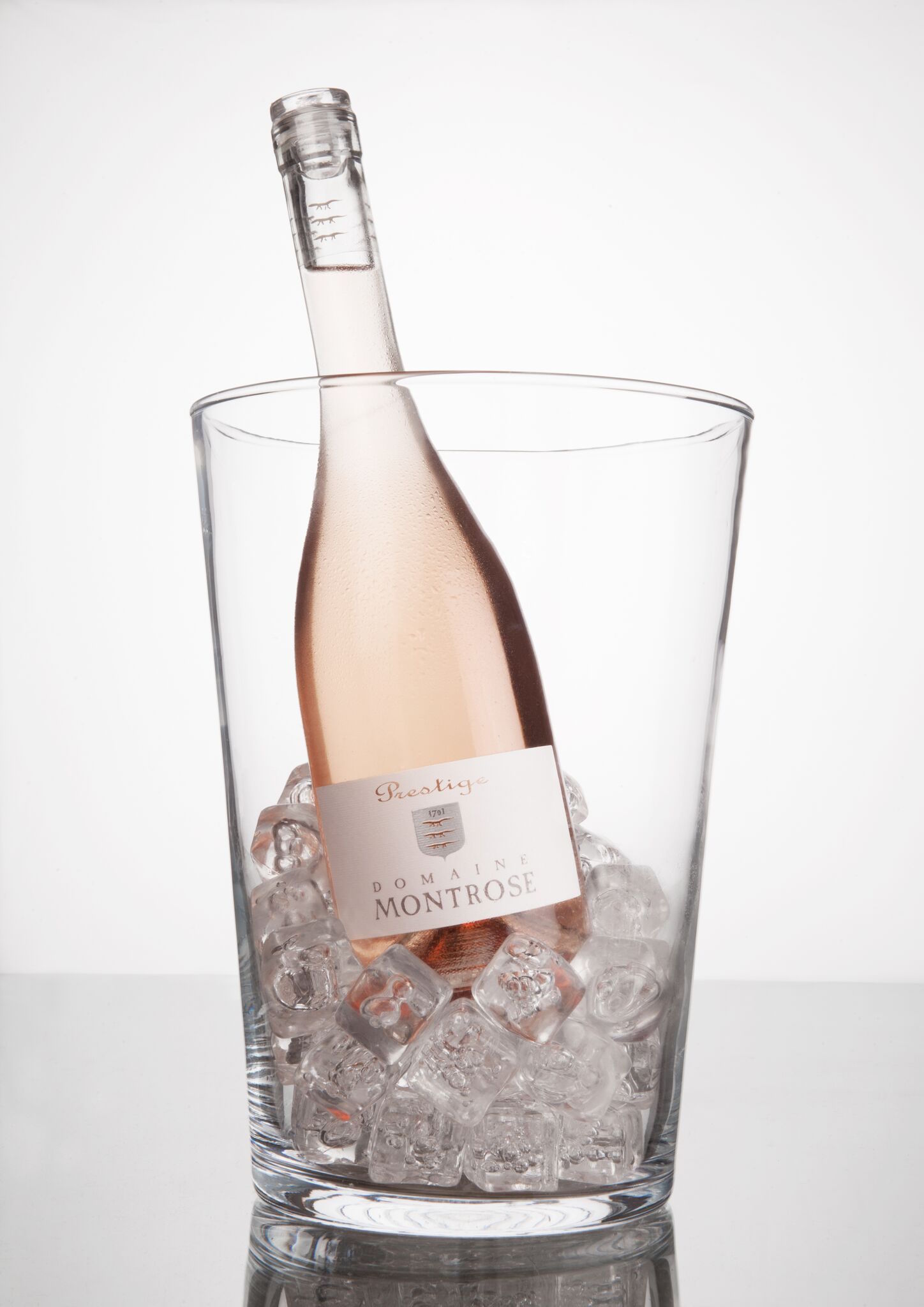
Photo Credit: Domaine Montrose
Rosé all day. Summer in a bottle. Yes, way rosé. Summer water. Rosé life. When it comes to rosé-related hashtags you’ll find on Instagram, no wine is more popular than the pink-hued liquid. In fact, rosé’s reign applies to more than the social media app. During the warmer months, rosé is de rigueur: no picnic, sailboat, barbecue, yacht, or poolside party is ready until a cooler is filled with salmon-hued rosé.

Photo Credit: Vins du Languedoc
Everyone from Brad Pitt to Jon Bon Jovi is making rosé—and established California winemakers, like Heidi Barrett known for producing Napa Valley’s coveted Cabernets, have jumped on the rosé bandwagon. For her La Sirena brand, which has been around since 1994, Barrett started producing a Rosato in 2016. Decoy, by Duckhorn, a 33-year old brand, also began making rose in the same year. Not to mention that a particular type of San Franciscan is obsessed with rosé; at Balboa Cafe, a glass of Whispering Angel—a French rosé—is the best-selling drink at the bar.

Photo Credit: Katie Sweeney
Rosé’s popularity is understandable—a glass is light, refreshing, fruit-forward, and easy to drink. Plus, rosé is like Champagne. It brings to mind a certain sun-soaked je ne sais quoi that is celebratory and representative of a good time. With more producers eager to meet consumers high demand for rosé, wine shop shelves have become heavy with bottles in every shape and shade. For wine lovers, this can be challenging to navigate. Should one reach for the lightest color or the trusted name brand? Which bottles are dry?

Photo Credit: Vins du Languedoc
A savvy wine shopper knows that one tried and true method is to reach for a French bottle, specifically one from the Côtes de Provence. Miraval, Brad Pitt and Angelina Jolie’s rosé, and Whispering Angel hail from the region. It’s an area that’s known for making excellent rosé. However, the selection is usually limited, and once you’ve sipped all the pink bottles at the local wine shop, it’s easy to scratch your head and wonder, what now? The answer is simple: look to France’s other rosé producing region, Languedoc.

Photo Credit: Château Puech-Haut
Similar to Provence, the Languedoc is a coastal wine-making area that borders the Mediterranean sea. Both are considered Southern France; Languedoc is South of Provence and reaches down to the edge of Northern Spain. Although you may not be familiar with Languedoc, there is a high chance you’ve tried wine from the appellation. Languedoc is the largest wine region in France with over 530,000 acres of vineyards. Traditionally, Languedoc was known for making lesser quality bulk wine. However, the district is experiencing a renaissance, and its reputation is changing. It’s an up-and-coming locale making a name for itself with all styles and colors of wine, especially dry, full-bodied rosé.

Photo Credit: Gerard Bertrand
Because there is diversity to the Languedoc’s pink offerings—some are aromatic and smooth while others are bold and pack a punch—it is the most dynamic French region for rosé production. This diversity is courtesy of the array of grapes varieties found in the region–Syrah, Grenache, Mourvèdre, Carignan, and Cinsault–as well as the winemaking styles: direct press and saignée. Direct press is a process in which the grapes are pressed for a short amount of time, so the juice has minimal contact with the skins. Saignée means ‘to bleed’ and this refers to the fact that rosé wines are sometimes produced by bleeding off a portion of the fermenting juice during red wine production. Whatever grapes and method are used, the resulting product is distinct, thoughtful, and provocative.
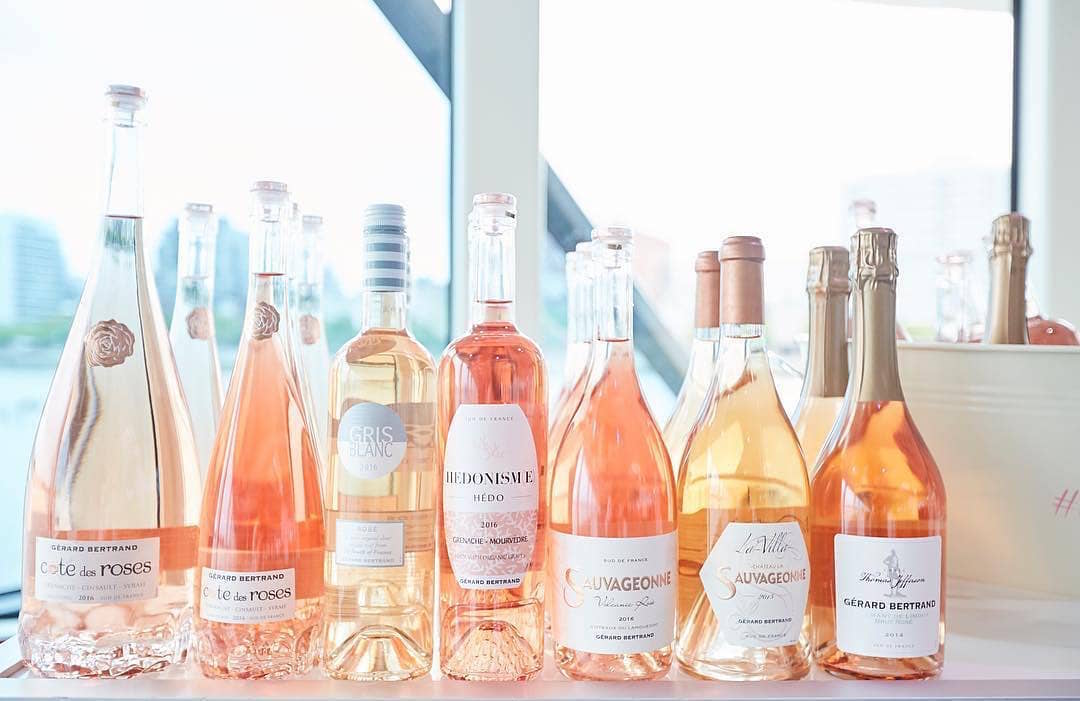
Photo Credit: Gerard Bertrand
One person who has single-handedly promoted the Languedoc’s diversification is Gérard Bertrand. A former rugby player turned winemaker, Bertrand was born in the province and currently owns and manages 13 estates in the area. A champion of pink wine, Bertrand’s Cote des Roses can be found on the shelves of American big-box stores like Costco, Safeway, and Bevmo. Its unique bottle, soft color, and fresh flavor make Cote des Roses one of the top-five best-selling pinks in the US. Thanks to Bertrand’s superb winemaking and marketing skills, rosé drinkers have been adequately exposed to the pleasures of the Languedoc. That’s something all wine lovers can toast to.







